Move Over, Cacti: Are Air Plants Set To Take Over As The New Favourite Houseplant?
These low-maintenance plants don’t even need soil – and are 100% Insta-worthy...
6 February 2020
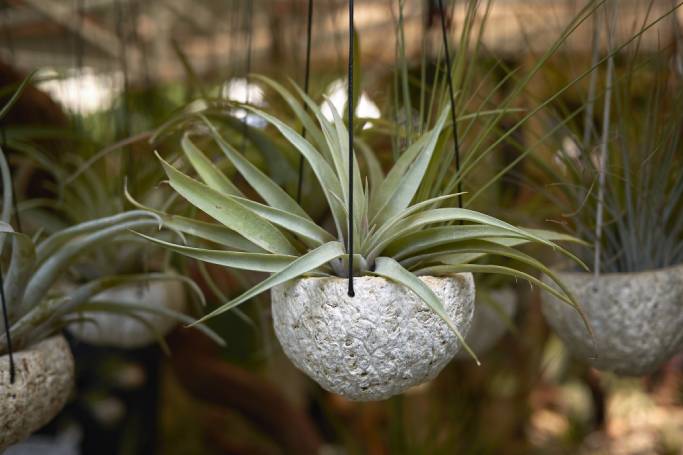
All Credits: PA
Familiar with air plants? They are set to become the new houseplant craze – with no soil needed and only the occasional mist.
In fact, air plants take even less looking after than the hugely popular cactus, which is still proving a massive hit with home-owners (and Instagrammers).
Wondering how this is possible? Air plants, which come from South and Central America and the Southern States, have no roots to plant in soil. And they can create all sorts of looks – from trailing foliage, which drapes from shelves like thick silver curly hair, to more structured specimens, whose leaves change colour to fiery red and produce bright flowers.

Air plants can look spectacular (Andy Gavin/PA)
Which Ones Can You Buy?
“You can find air plants in garden centres, a few nurseries and a few online sellers. There are about 30 species that are easily available, all in the genus Tillandsia,” says Gavin.
Tillandsias are in the bromeliad (or pineapple) family. The ones you are likely to come across include Tillandsia ionantha (which means purple flower).
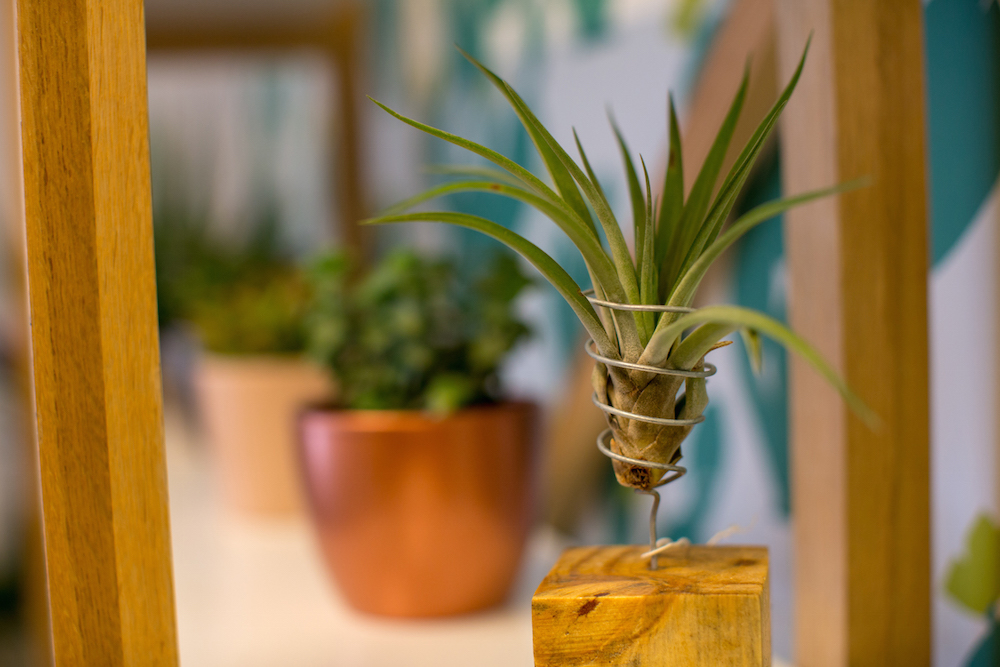
Air plants are catching on as must-have houseplants (Wyevale Garden Centres/PA)
“Most tillandsias have a very minimal root system, which is just used to adhere to a surface, whether it’s a cliff base or a tree. In the wild, they grow epiphytically (on other plants or surfaces) on cacti or even telegraph wires,” Gavin adds. “The roots don’t take up any moisture or nutrients. That’s all done through the leaves. That’s the critical thing about how air plants grow.”
Do They Flower?

Tillandsia flowers add colour to your home (Andy Gavin/PA)
“Yes – the bromeliad is a flowering plant family. All members of the species flower, and the flowering is hugely varied in tillandsias. You can have white, yellow, red, lots of lilacs and purples,” says Gavin.
Sometimes the petals are tubular, which then open up, while others have bi-coloured flowers. A few, around 10-15%, are fragrant.
Tillandsia multiflora is one of the many species that changes colour when mature and about to flower. The ionanthas also change colour from green/silver to a fantastic red colour, as though they are blushing.
Where Should You Put Them?
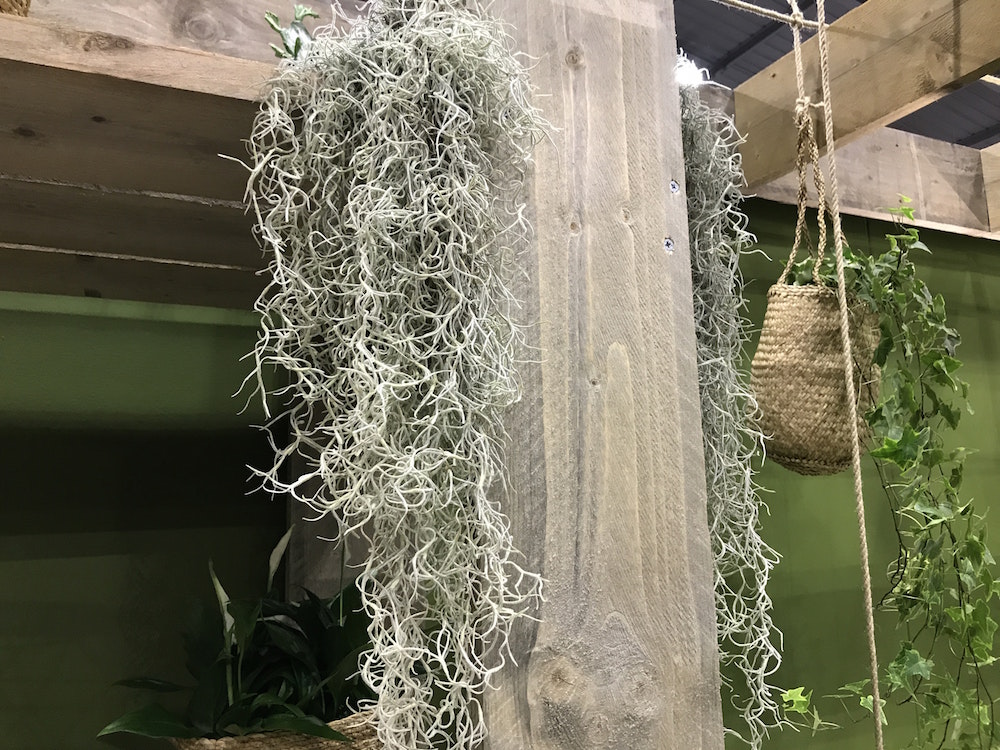
Silver-leaved Spanish moss can be draped over shelves (Hannah Stephenson/PA)
All air plants need plenty of natural light. There are two main categories – the silver ones, which are dry growing, and the green ones, which are wet growing.
Silvery-leaved species require, or will grow better, in higher light levels, so can be put in direct sunlight. Species that are covered with fine hairs/scales or trichomes, giving them a soft hairy appearance, and species with fine leaves, need good air movement and quick drying.
“Some of them grow on cacti in deserts, so don’t require humidity like you’d get in a bathroom. The best situations in the house for the silvery types is a south or very bright east or west facing spot. They are sun lovers, and the more sun you give, them the better.”
Tillandsia types which are green or darker in colour, often with wider, shorter leaves and less or no visible hairs or scales require lower light levels, and will grow happily with less air movement in a more humid environment. These would be happy in a bathroom with plenty of light.
“Yes,” says Gavin. “The silver-leaved varieties love being outside in summer, where there’s really good air flow. The green-leaved species, which come from more humid environments like the Florida swamps, prefer more humid conditions, out of direct sunlight.”
Their general hardiness is 4-5°C, so they will need to be inside during the cooler months. Growth rates slow down in less than ideal conditions.
Is There A Rule For Misting?

Air plants will need misting (Thinkstock/PA)
Silver types need wetting and drying. The drying is important. They need good air flow around them and once misted, must be dried quickly.
“Give them a little mist in the morning, then they have the day in a sunny spot to dry. Mist them once a week in the winter, but in summer when you have good light levels and a lot of sun, you can mist them more,” says Gavin.
Generally, through the spring, summer and autumn, you should be watering your plants three or four times a week, and only once a week in the winter.
In terms of maintenance, as well as misting – once a year you can peel off the oldest dying leaves and maybe trim the ends of the leaves.
How Can They Be Displayed?
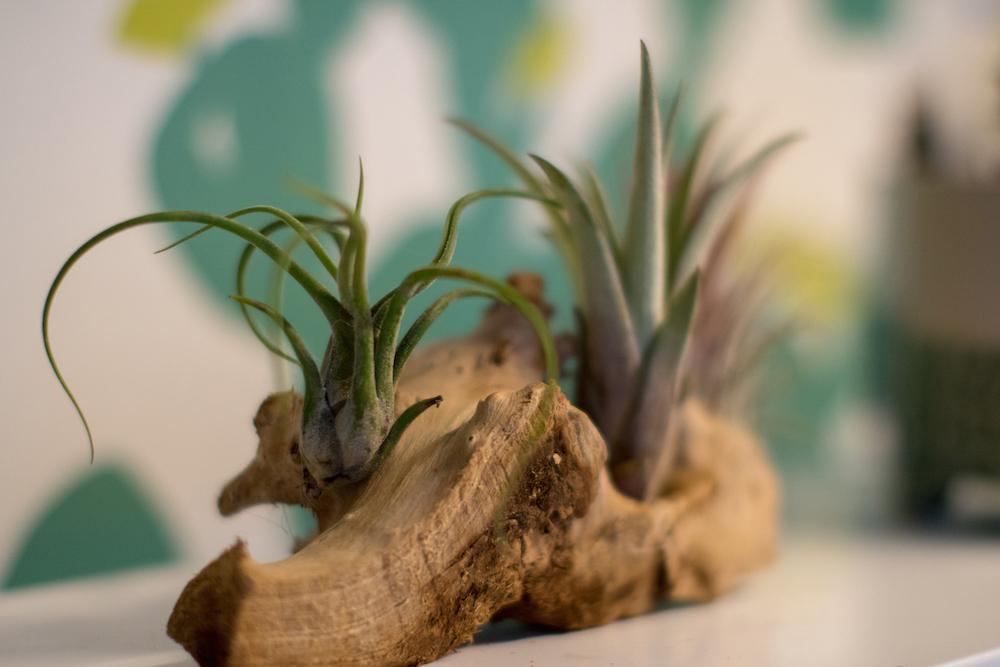
Air plants can be displayed on wood (Wyevale Garden Centres/PA)
“You can arrange them on a table top or a large saucer, like a dinner tray, or I like to tie a bit of wire around the rosette and hang them. You can use colourful aluminium wire, but don’t use copper as they are allergic to copper,” suggests Gavin.
“You can also tie them on to bits of driftwood, which makes for a very attractive arrangement.
“A lot of nurserymen use stockings: They rip off a bit of stocking or tights and use a small strip to tie them on, because the material has flexibility and a bit more give.
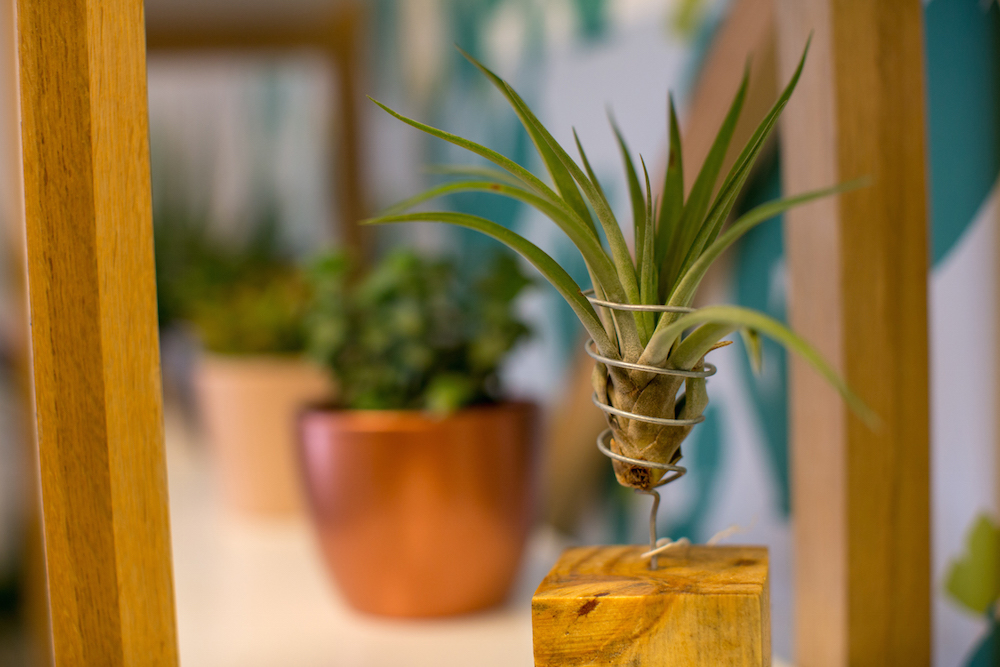
Tillandsia multiflora (Wyevale Garden Centres/PA)
As for securing them, he says: “You can use glue – there are some florists’ glues available, but you have to be careful not to put too much glue around the base because quite often, if the plant does want to produce a few roots and you’ve got a big blob of glue over it, that will stop it. You can put glue on the base of the oldest leaves, which can secure it.”

















